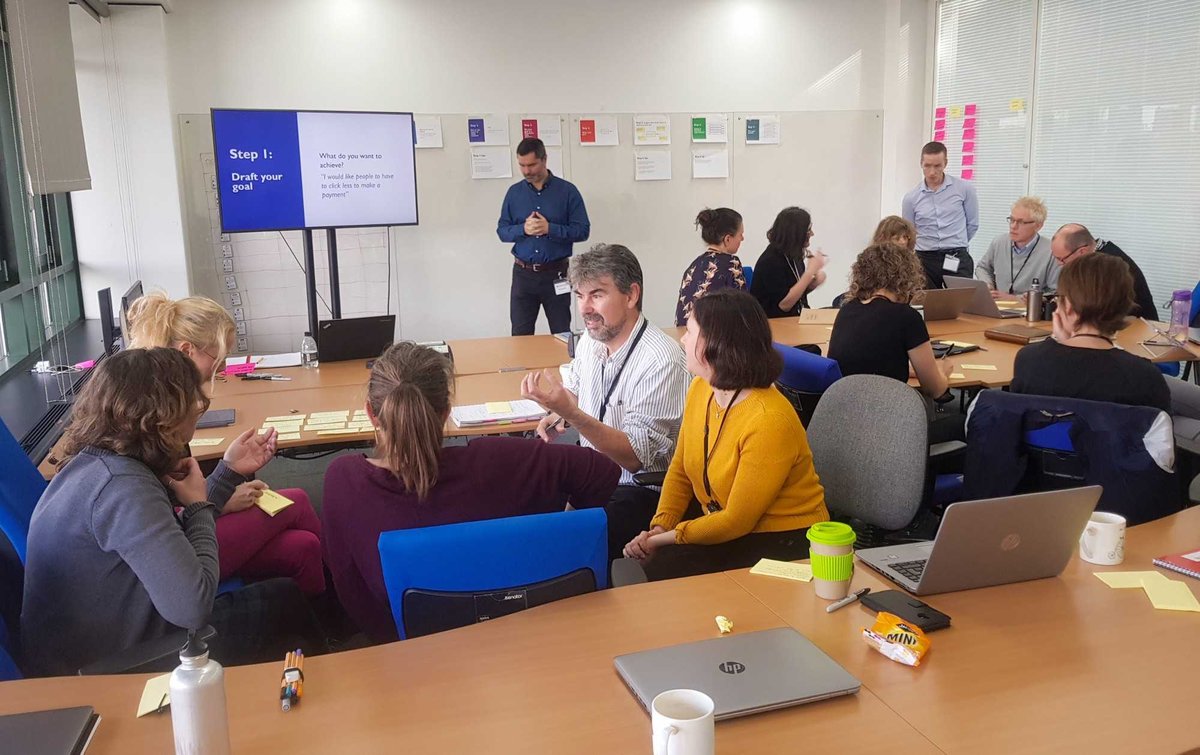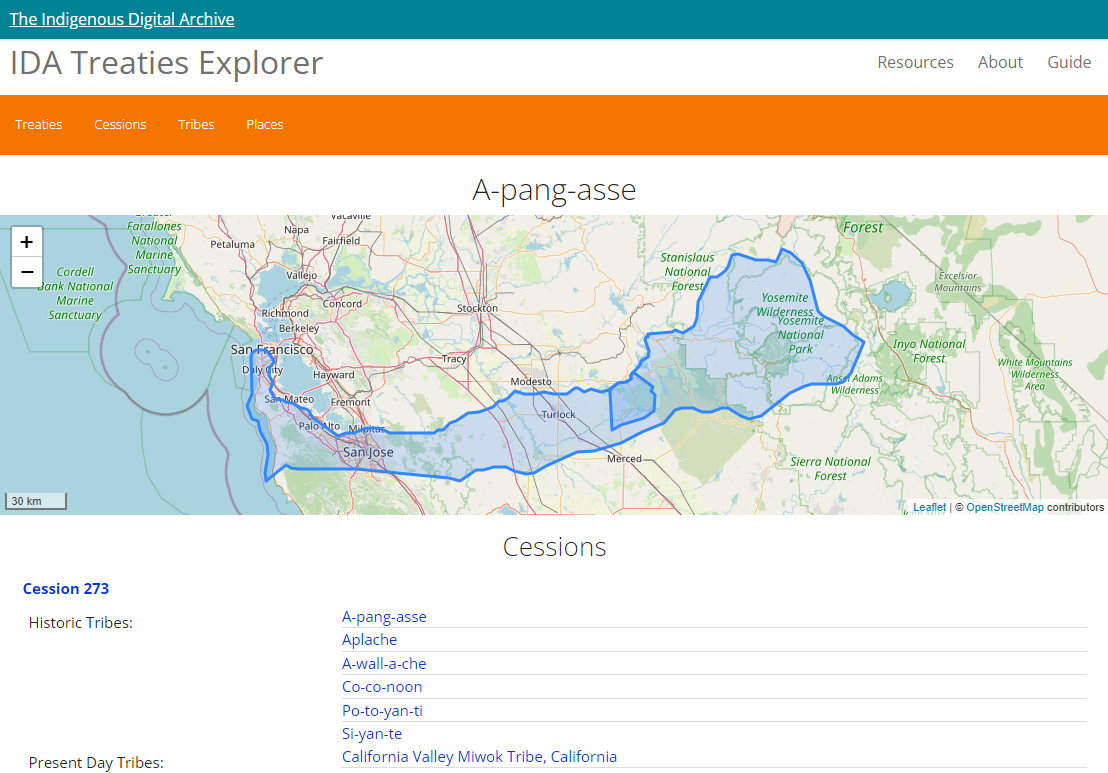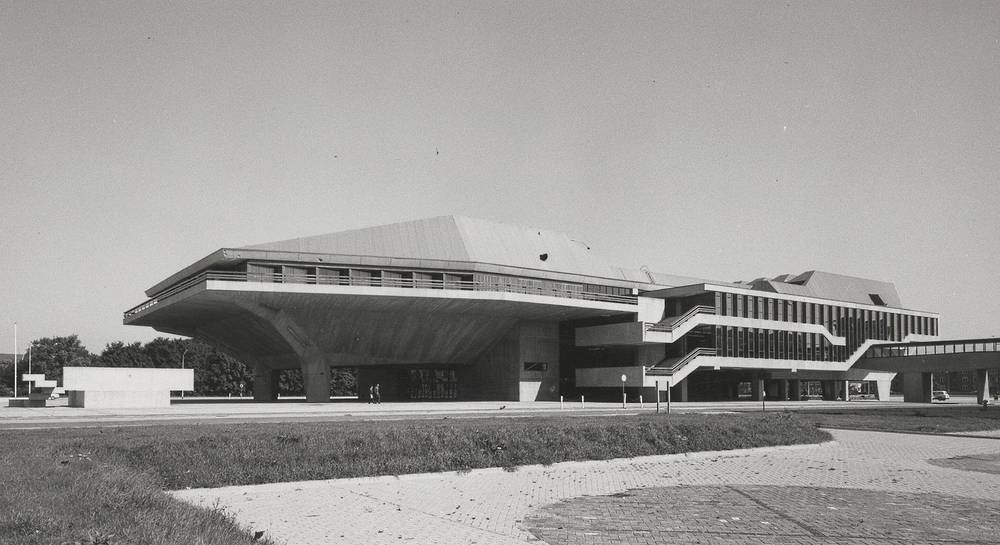The National Archives
Project Alpha

Taking inspiration from alpha.gov.uk (which led to GOV.UK), The National Archives (TNA) were looking for an expert partner to explore, shape, co-create, build and test, in public, a series of prototypes for a new website for TNA. These were going to be shaped by user needs, following service design principles and making the best use of modern technologies.
TNA decided to take a ‘blank sheet of paper’ approach to Project Alpha, challenging themselves to look beyond their current technological and cultural limitations, to define what a modern, accessible archive should and could be for all their users. The project was framed to envisage a new approach to its digital services, as part of its new strategy, Archives for everyone.
Their user research data suggested that their users were quite baffled by archives. The majority of them - around 75% - arrive from Google into catalogue description pages that didn’t provide them with enough context of where they were. About 68% of those users were leaving the site at that first interaction point.
Digirati were selected as the partner to work collaboratively with TNA and we immediately set up a plan to address these challenges. We started with a few onboarding sessions to review the business context around the project, existing solutions to date and kicked off the technical architecture workstream.

Once onboarding was complete, we started a discovery phase; collocated at TNA’s offices at Kew and working alongside TNA stakeholders and the Digital Services team. We promoted a Design Thinking approach to frame the activities around this phase and further develop the user research findings with a series of exploratory workshops. These ended with a number of How Might We (HMW) statements which reframed those findings as innovative possibilities to explore during the design activities planned for the beginning of the alpha phase.
In parallel to the user-centred activities, there was a technical strand of the discovery phase focused on articulating and understanding the possibilities and the limitations afforded by the data sources that exist for TNA’s collections. This work ensured the team had:
- built a shared understanding of TNA’ collection across the team
- a clear understanding of where, across many potential sources, data exists
- in what form that data exists
- where we can prototype at scale based on real data
- where we should prototype on mocked or simulated data
Once the discovery phase was completed, we started the alpha phase by exploring solutions to address the HMW statements the team created. We ran a number of collaborative, ideation workshops that produced more than 50 ideas. In each ideation session, ideas were pitched to the entire team and then voted on by everyone. Product owners then assessed the results and decided on the priority areas to address.
The selected ideas were then developed further as prototypes. We rapidly developed wireframes and interactive prototypes, developed back and front-end components to support prototypes including working prototypes that use real data with ElasticSearch used as a "sketching tool". We focused on ensuring we were addressing underlying technical challenges and existing limitations as part of the work to explore how new approaches could tackle these problems.
These prototypes - 15 of them in total - were rapidly user-tested to gain feedback which informed further iterations of the prototypes. These concepts, tied all together by a new user journey, will be developed and tested further during a future beta phase. Beta will also be about how these solutions will replace existing TNA services, preparing for the transition to live and consistently measuring the new user experience.
A key element of our role as partner was to provide coaching and direction on project delivery and agile practices in addition to user experience and technical expertise. We leveraged a cross-section of our team to provide targeted workshops to present tools, techniques and frameworks to support these aspects for each role in addition to the input our team provided as part of daily collaboration within the collocated team.
More Case Studies





